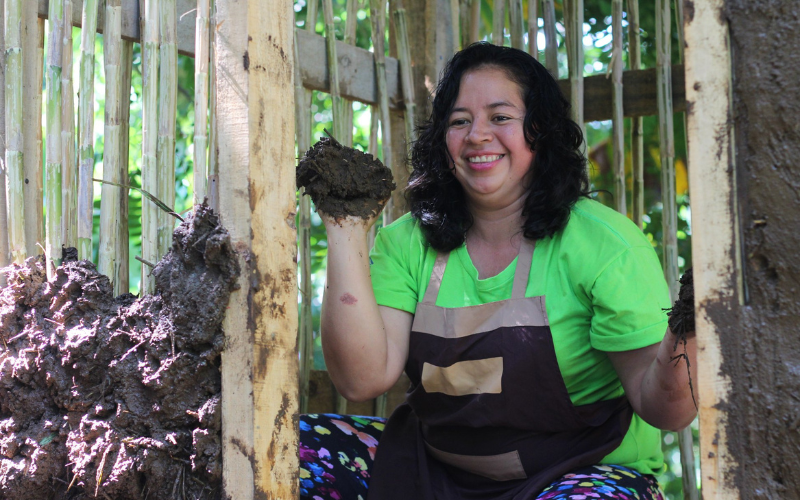The Office of the Historian of the City of Havana (OHCH) was founded in 1938 to protect Havana’s cultural heritage. Since 1994, it has used income from taxes and its own businesses (in real estate, tourism, and construction) to restore Old Havana. Profits are reinvested into housing, community services, and social programmes.
OHCH works with local people to renovate buildings, avoiding gentrification and helping long-time residents stay in the city centre. Since the programme began, nearly 3,900 low-income families have received improved or new homes, with a focus on those living in overcrowded or unsafe conditions.
Projects include:
• Restoring historic homes around Old Havana’s main squares.
• Building and repairing homes in San Isidro and other neighbourhoods.
• Providing temporary housing during renovations.
• Creating housing with services for older adults.
• Running youth training centres in construction and arts.
• Improving local infrastructure, green spaces, and recycling.
Residents help plan and carry out many projects, building a stronger sense of community. Surveys show high satisfaction—95% of locals see the changes as positive, and most want to stay in the area.
The programme is financially self-sustaining, generating over $40 million a year. It has created 13,000 jobs and boosted tourism while keeping housing affordable. Rents are capped at 10% of a family’s income.
The approach has expanded beyond Old Havana to other Cuban cities and even internationally, offering a model of how cultural preservation and social inclusion can go hand in hand. With strong local leadership, community involvement, and smart reinvestment of profits, Old Havana is being renewed—not just as a tourist site, but as a place where people live, work, and thrive.








